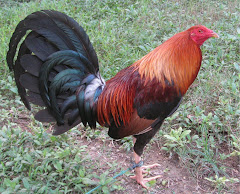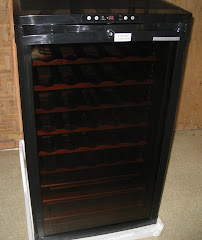
Adaptogens, substances that help us adapt to or cope with stress, fatigue and changes in environment, and improve strenght, endurance, and power are actually a link from the past. Most adaptogens are anciwent hebs.
Ginseng has been used by Asians since time immemorial. Rhodiola as well. It has been used in Arctic Asia and Europe for millennia. Another is astralagus. While it is relatively unknown in the Western world, it has been in use in China for centuries.
Other old dogs given new collars are pro-biotics and bio-organics, two fields very much applicable to gamefowl.
Bioorganic gamefowl farming aims to produce organic chicken for meat, at the same time, the males, raised in the natural way, can be sold and raised as gamefowl.
Production cost is low that it is economically viable even if all the produce are sold for meat. How much more if some males are sold for fighting? Natural all the way from mating to harvest.
Mating is by controlled natural selection. A number of full-brothers are corded in a yard full of hens. The hens come from a single bloodline different from the broodcocks. It is controlled because we dictate what bloodlines to cross. And, natural in the sense that the hens choose which broodcock to mate.
Nests are provided. Hatching is by natural incubation. Hens hatch the eggs. After hatching, the hens are placed in brooding houses with the chicks. The hens are kept within the confines of the brooding houses while the chicks are free to get in and out. After some time the chicks will opt to go on their own at the range.
At this point they help themselves to the natural input of the range such as worms and insects, indigenous microorganism, oriental herbal nutrients, fish amino acids and fermented plants and fruits. Some of these natural inputs are present in the environment, others such as fish amino acids and fermented plants and fruits are man-manufactures.
These natural inputs constitute 70% of the fowl’s nutrition. Commercial grains represent only 30%. For health care the system relies on pro-biotics rather than anti-biotics.(info on probiotics and natural input production are available in literature at libraries and bookstores)
This system is ideal for farmers who even now are raising organic chickens in their backyards. The difference is that they are native chickens that do not command as high a price as American gamefowl do.
Interesting. With all the modern technology now available, we might yet find ourselves moving forward to the past. (Steve del Mar, excerpt from a chapter of the book The Edge)








